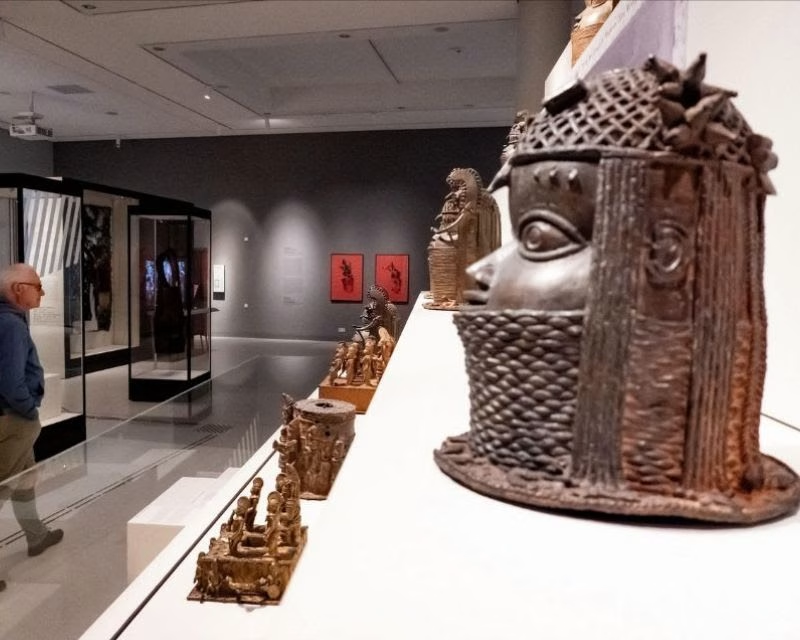Shea – nkuto, karite, galam in some west African languages – is deeply embedded in the culture and tradition of the country’s northern regions. It is often considered a woman’s crop – women pick the fruit and extract its “butter” – and has acquired the name “woman’s gold” because rural women earn income from its sale. A report by Future Markets Insights values the global shea butter market at US$2.75 billion. It’s expected to reach US$5.58 billion in 2033. In Ghana, shea is one of the top export commodities. According to the Ghana Export Promotion Authority, the export of shea butter was estimated to be worth US$92.6 million (38,792 tonnes) in 2022 and kernels US$20 million (36,162 tonnes) in 2021. Despite shea’s global prominence, primary actors in this sector aren’t reaping the benefits from these exports. Rural women, who are the primary producers, are also the lowest earners in the shea value chain, with an annual income of about US$234 per capita.
Tuesday, October 21, 2025 - 13:46:27
 Columbus, United States | 10°C | Overcast clouds
Columbus, United States | 10°C | Overcast clouds









